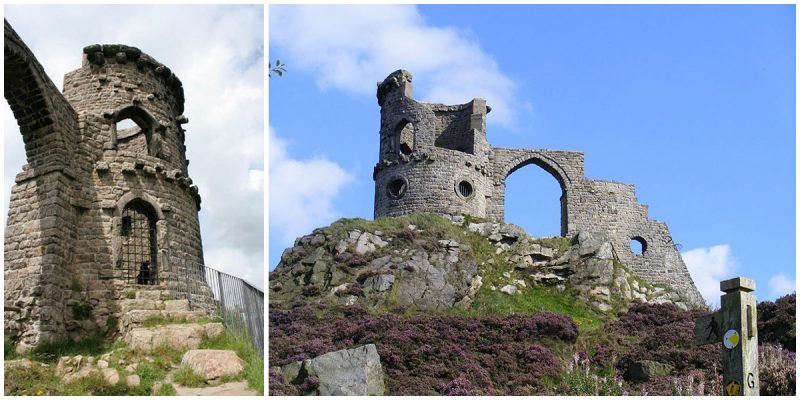Mow Cop Castle is a folly at Mow Cop in the civil parish of Odd Rode, Cheshire, England.Built in 1754 by local stone masons, John and Ralph Harding, on a ridge overlooking the surrounding countryside it was meant to look like a ruined medieval fortress, but it was, in fact, a summerhouse for Randle Wilbraham I.
Some years earlier he had constructed Rode Hall, a nearby mansion house.
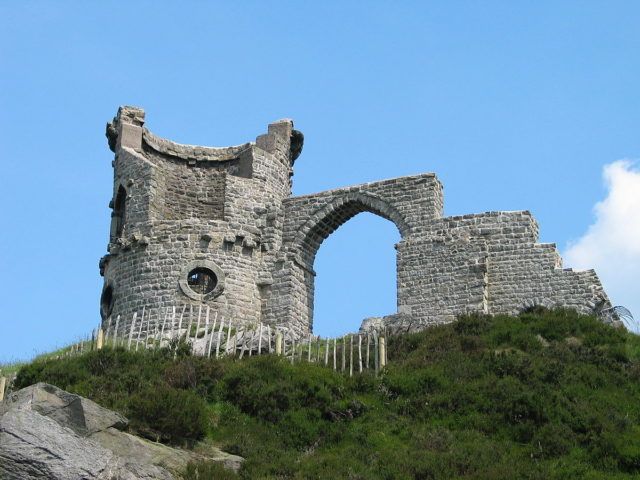
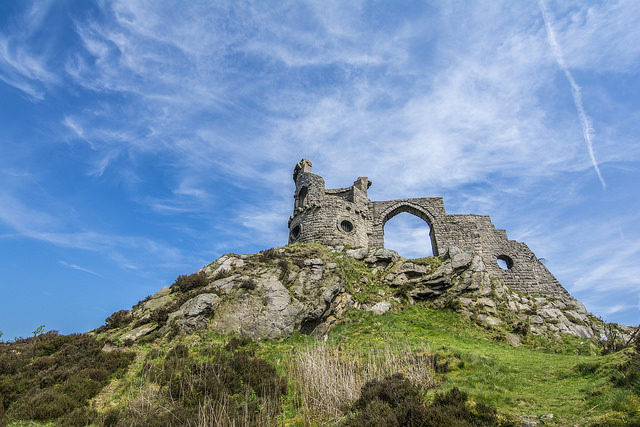
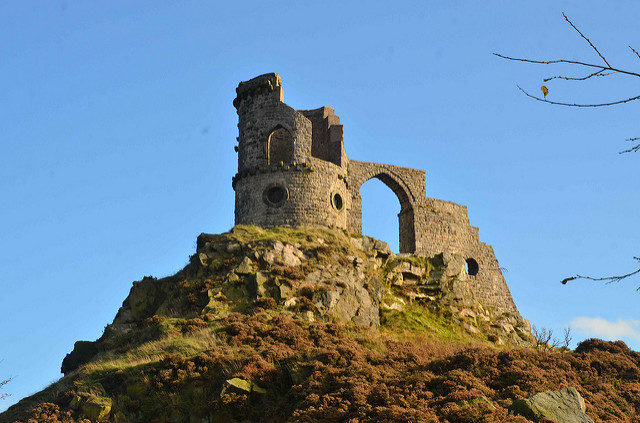
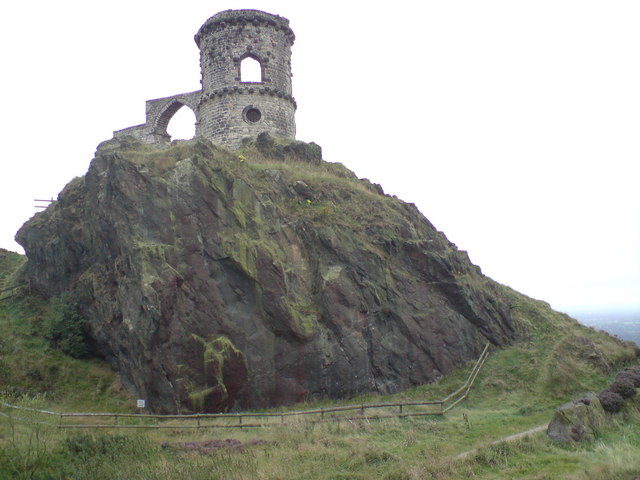
The hill itself has a much more ancient history. Prior to the castle, some have suggested that the Romans built a beacon or watchtower on the site during their occupation of England, although there is little evidence to support this claim.
However, the area around the castle was nationally famous for the quarrying of high-quality millstones (‘querns’) for use in water mills. Excavations at Mow Cop have found querns dating back to the Iron Age.
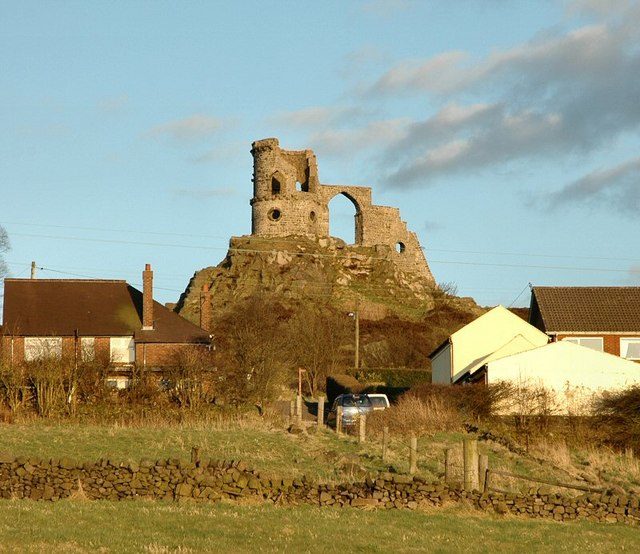
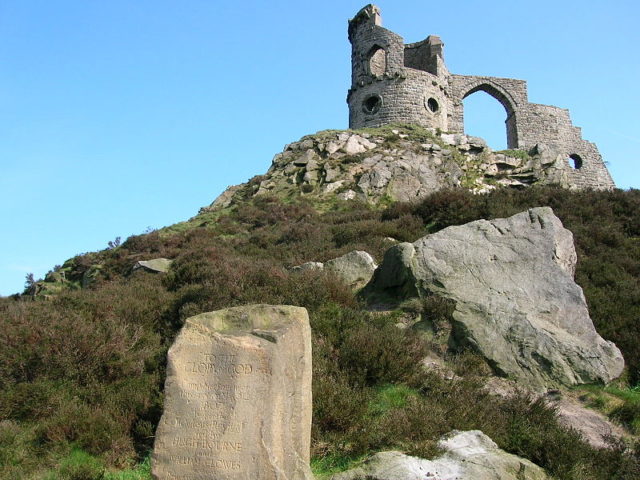
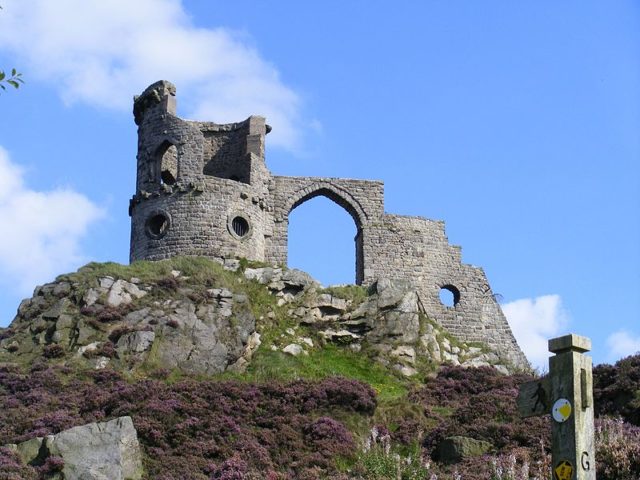
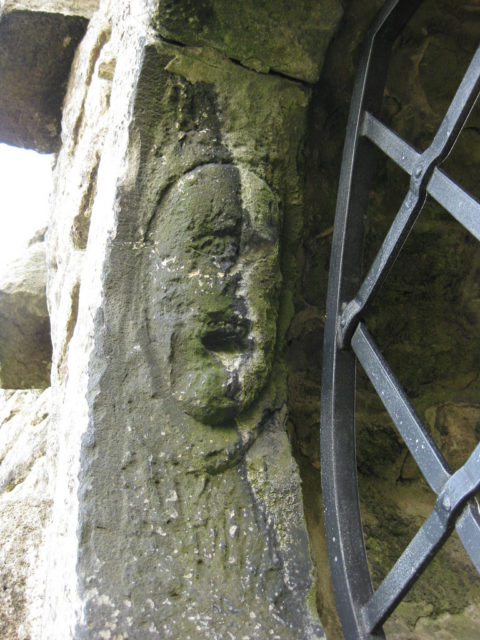
The castle was built exactly on the county boundary line and used by two families, the Wilbrahams, and the Sneyd family of Keele who owned the Staffordshire side.
What followed was a court case, presided over by Mr. Justice Patteson of Staffordshire in the year 1850.
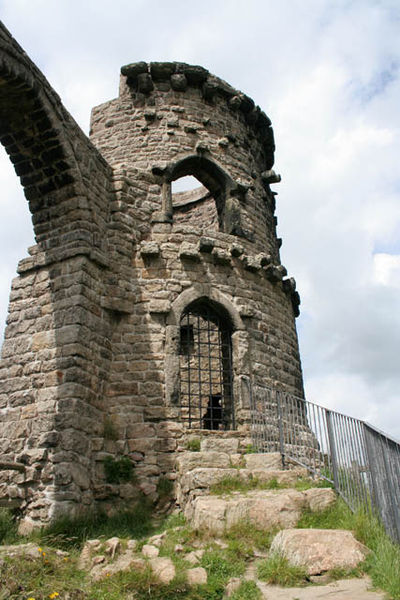
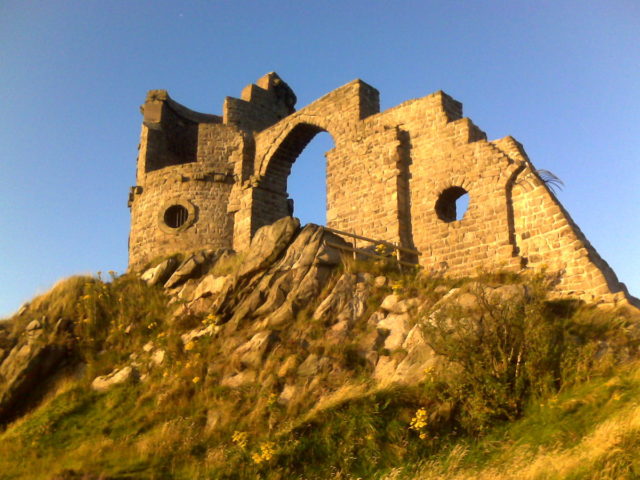
In 1923 the castle and all the surrounding lands were purchased by Joe Lovatt for the purpose of quarrying.
Eventually, the quarrying stopped and in June 1937 it was gifted to the National Trust and has since been stabilized and repaired to its present day condition. It is recorded in the National Heritage List for England as a designated Grade II listed building.
